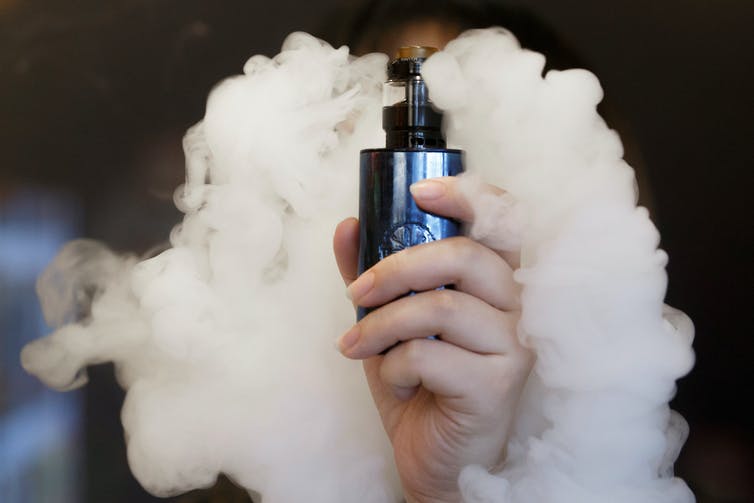THCA vape cartridges have gained significant popularity in recent years due to their potential health benefits and convenience. To understand the quality and purity of these products, it is essential to delve into the extraction methods used and the factors affecting purity. Extraction methods play a crucial role in determining the quality of THCA vape cartridges. One commonly used method is supercritical CO2 extraction. In this process, carbon dioxide is pressurized and heated to become a supercritical fluid, which effectively extracts THCA from the cannabis plant material. This method is preferred for its ability to produce a pure and potent extract without leaving behind residual solvents. Additionally, CO2 extraction allows for precise control over temperature and pressure, which helps preserve the delicate compounds in the plant, resulting in a high-quality product. Another extraction method gaining traction is ethanol extraction. Ethanol is a polar solvent that effectively dissolves THCA and other cannabinoids from the plant material. The advantage of ethanol extraction is its cost-effectiveness and scalability.
However, it requires additional purification steps to remove impurities and residual solvents, which may affect the purity of the final product if not executed meticulously. Furthermore, some manufacturers employ hydrocarbon extraction methods such as butane or propane extraction. These solvents have a high affinity for cannabinoids and can yield a highly potent extract. However, hydrocarbon extraction carries a higher risk of leaving behind residual solvents if not properly purged from the final product. Consequently, rigorous testing and purification processes are essential to ensure the safety and purity of THCA vape cartridges extracted using hydrocarbons. In addition to extraction methods, the purity of THCA vape cartridges depends on several factors, including the quality of the starting material, post-extraction processing, and testing protocols. Using organically grown cannabis free from pesticides and contaminants is crucial for producing high-quality THCA extracts. Post-extraction processes such as winterization and distillation further refine the extract, removing waxes, lipids, and chlorophyll to enhance purity and potency.

Moreover, rigorous testing protocols are essential to verify the potency and purity of thca carts. Third-party laboratory testing should assess cannabinoid potency, terpene profiles, and the presence of residual solvents, pesticides, and heavy metals. Transparent labeling that includes test results and extraction methods provides consumers with confidence in the product’s quality and purity. In conclusion, the quality and purity of THCA vape cartridges are influenced by extraction methods, starting material, post-extraction processing, and testing protocols. Supercritical CO2 extraction is favored for its ability to produce pure and potent extracts, while ethanol and hydrocarbon extraction methods offer cost-effectiveness and scalability but require meticulous purification steps. Regardless of the extraction method, ensuring the use of high-quality starting material, rigorous post-extraction processing, and comprehensive testing are essential for producing safe and effective THCA vape cartridges. Consumers should prioritize products that are transparently labeled with detailed information on extraction methods and test results to make informed purchasing decisions.